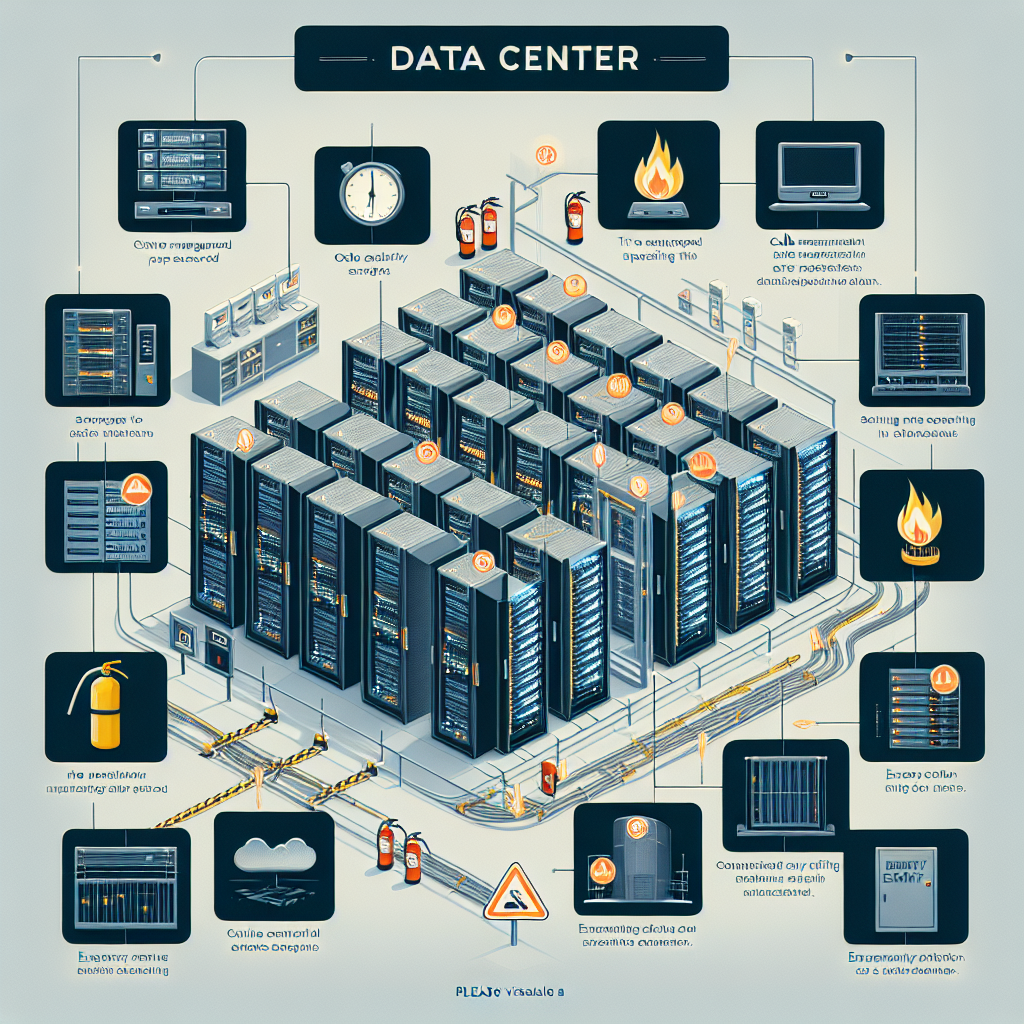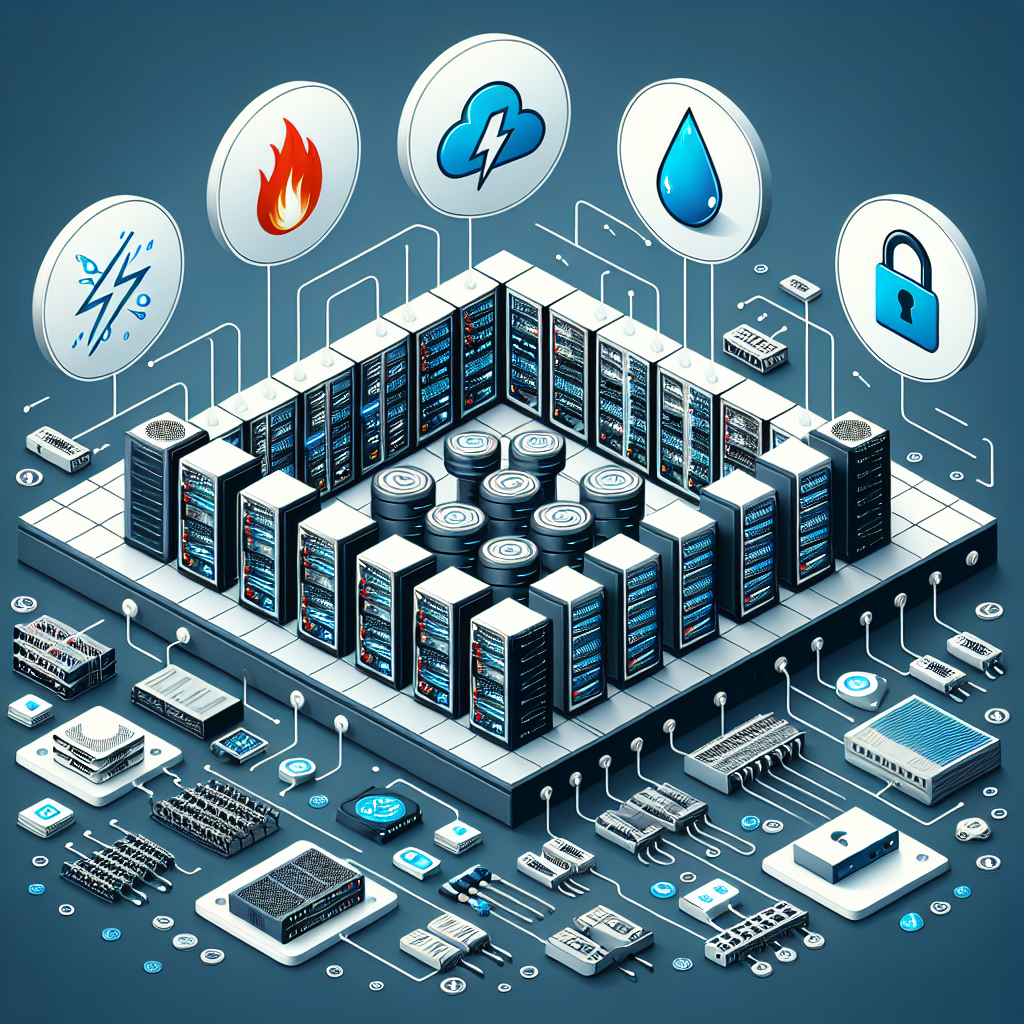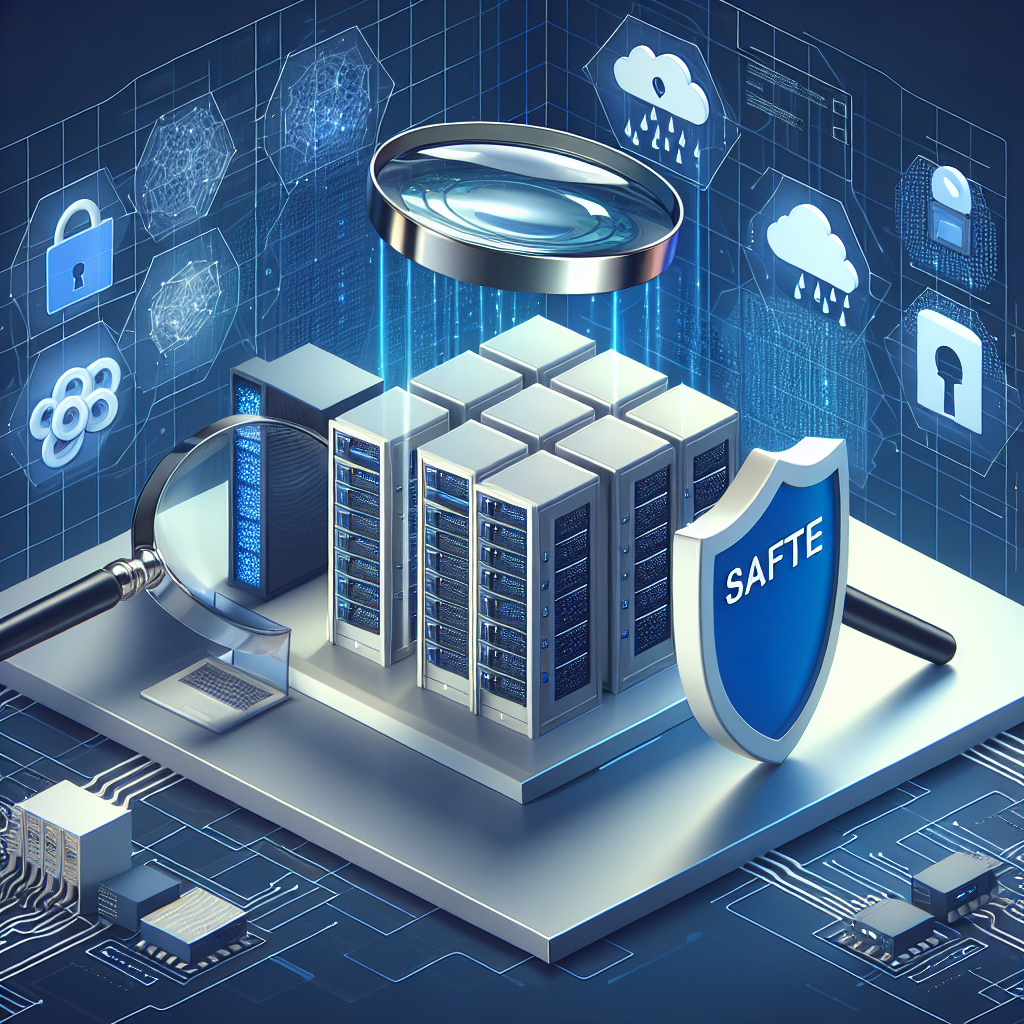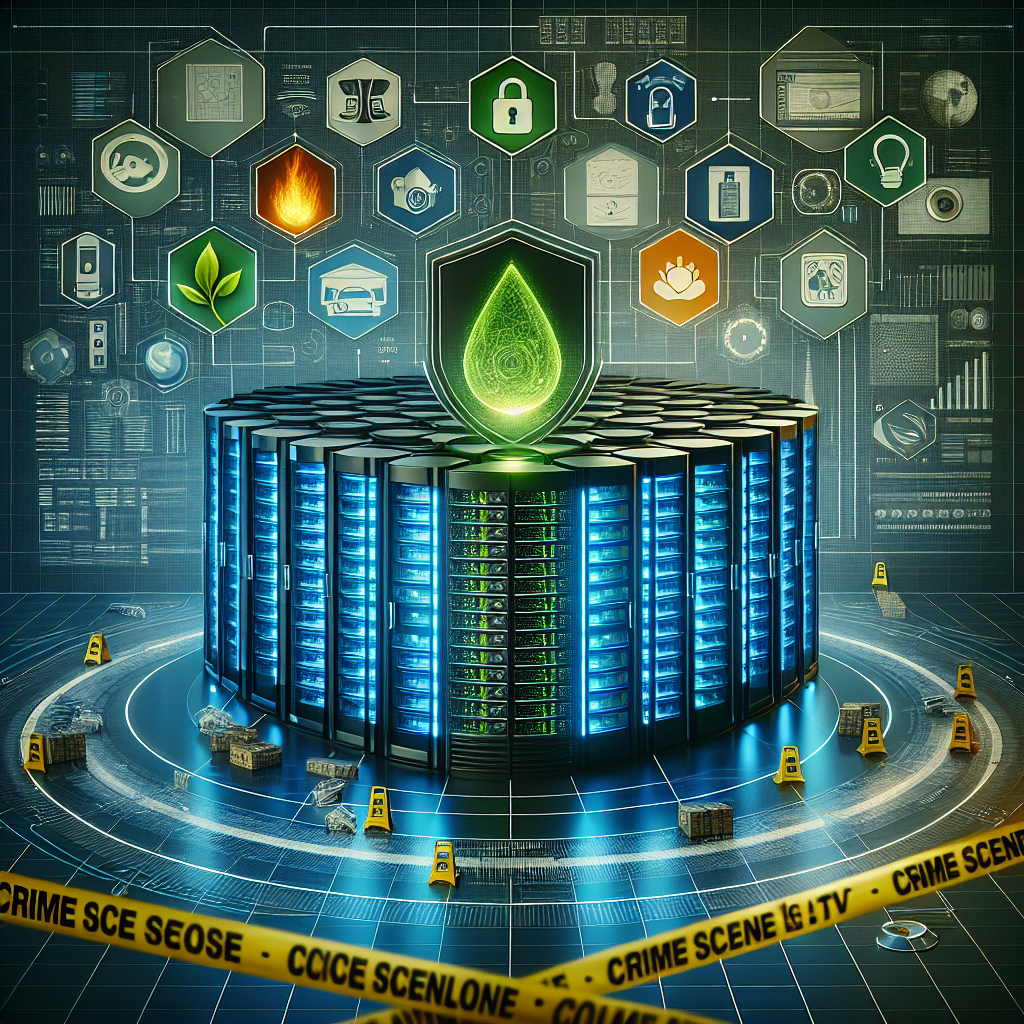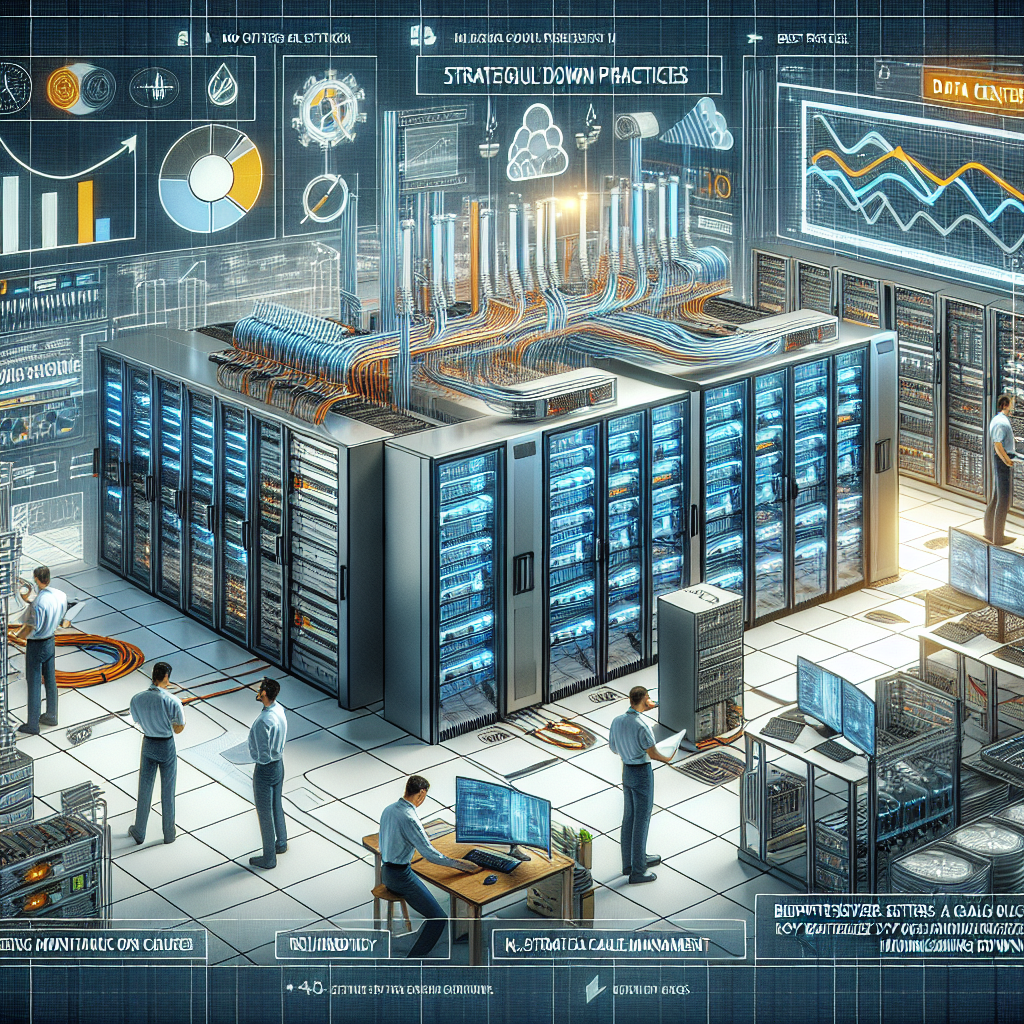Data centers are a critical component of modern businesses, providing the infrastructure necessary to store and process vast amounts of data. However, data centers also pose a number of safety risks that must be addressed in order to protect both employees and equipment. In this article, we will discuss some common risks associated with data centers and how to mitigate them.
One of the most common risks in a data center is the risk of fire. Data centers house a large number of servers and other electronic equipment that generate heat, increasing the risk of fire. To mitigate this risk, data centers should have proper fire detection and suppression systems in place. This includes smoke detectors, fire alarms, and automatic sprinkler systems. In addition, data centers should have strict policies in place regarding the use of flammable materials and smoking in the facility.
Another common risk in data centers is the risk of electrical hazards. Data centers require a significant amount of electrical power to operate all of the servers and equipment. This can lead to issues such as overloaded circuits, electrical shorts, and power surges. To mitigate this risk, data centers should have proper electrical systems in place, including regular inspections and maintenance of electrical equipment. Employees should also be trained on proper electrical safety procedures, such as not overloading circuits and using proper grounding techniques.
Physical security is another important consideration in data center safety. Data centers house valuable information and equipment that must be protected from theft and vandalism. To mitigate this risk, data centers should have strict access control measures in place, such as keycard or biometric entry systems. Surveillance cameras should also be installed throughout the facility to monitor for any unauthorized access. In addition, data centers should have backup power systems in place to ensure that security systems remain operational in the event of a power outage.
Finally, data centers must also consider the risk of environmental hazards. Data centers are often located in areas prone to natural disasters such as earthquakes, floods, and hurricanes. To mitigate this risk, data centers should be located in areas that are less prone to these types of disasters. In addition, data centers should have proper disaster recovery plans in place, including off-site backups of data and equipment.
In conclusion, data center safety is a critical consideration for businesses that rely on these facilities to store and process their data. By identifying and mitigating common risks such as fire, electrical hazards, physical security, and environmental hazards, data centers can ensure the safety of their employees and equipment. By implementing proper safety measures and protocols, businesses can protect their data and ensure the continued operation of their data centers.
